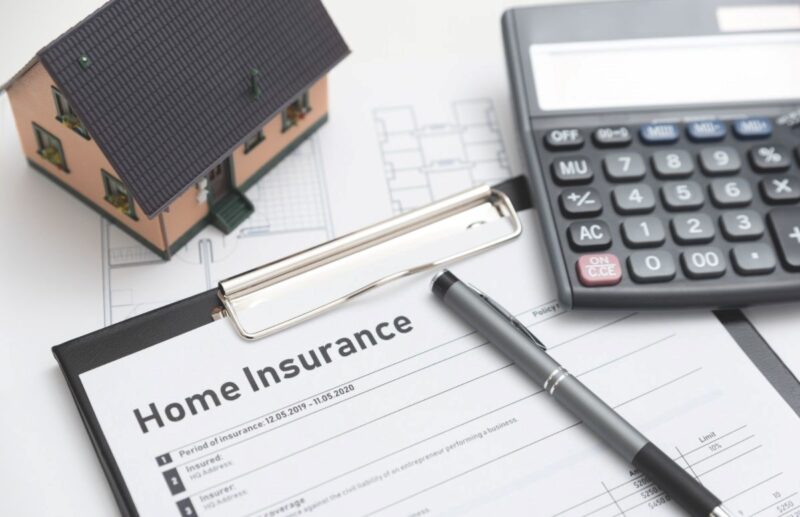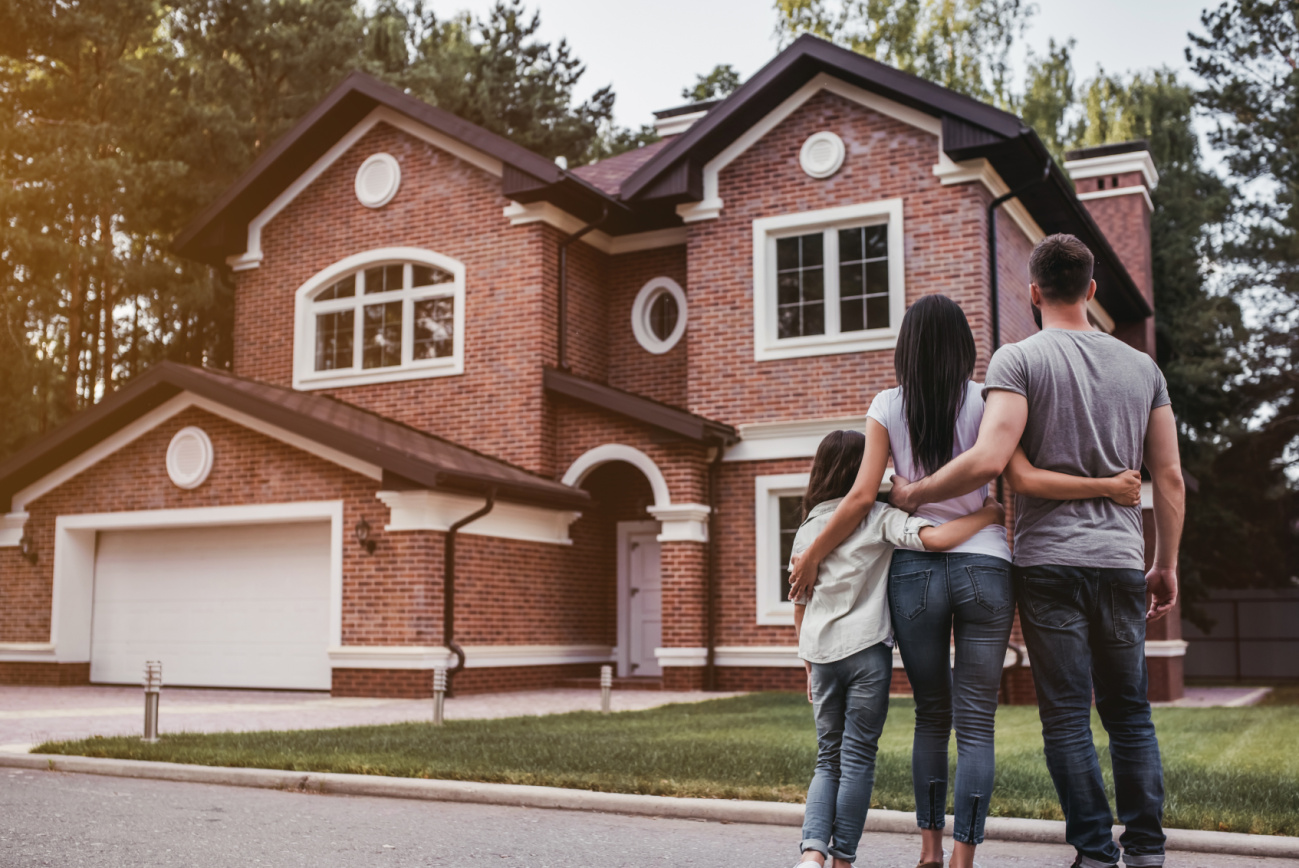Navigating the complexities of home insurance policies can often feel like deciphering a maze of fine print and industry jargon. For many homeowners, understanding exactly what is covered under their insurance policy—and what is not—can be both confusing and frustrating.
While home insurance is designed to protect homeowners from a range of potential risks and damages, not all scenarios are covered, and some exclusions can catch homeowners off guard when they need support the most.
Whether you’re a new homeowner purchasing your first policy or a long-time property owner looking to better understand your current coverage, this exploration will help you navigate the nuances of what your home insurance policy truly offers and what it conveniently forgets.
What is Included in the Standard Coverage?

Home insurance policies generally cover a range of common risks to ensure that homeowners are protected against significant financial losses in several typical scenarios. The primary components of most standard home insurance policies include:
- Dwelling ─ This forms the core of most home insurance policies, providing financial protection against damage to the physical structure of your home. Dwelling coverage typically includes damage from fire, windstorms, hail, lightning, and explosions. For instance, if a tree falls and damages your roof during a storm, the repairs would generally be covered under this part of your policy.
- Personal property ─ This protects the contents of your home, such as furniture, electronics, and clothing, against theft, loss, or damage. It’s important to note that there are usually limits on certain types of items, such as jewelry or art, which might require additional specific riders to fully cover their value.
- Liability ─ If someone is injured on your property, or if you or a family member accidentally injure someone or damage their property, liability coverage can protect you from legal and medical expenses that could arise.
- Additional living expenses (ALE) ─ If your home is damaged to the extent that you cannot live in it while it’s being repaired, ALE coverage can help pay for temporary housing and living expenses, such as hotel bills and meals.
What is Usually Left Out?
While home insurance provides essential coverage, there are several common exclusions that homeowners should be aware of. You can check ErieMutual.com, for more info on what the coverage usually covers, as well as the exceptions.
- Floods and earthquakes ─ Standard home insurance policies typically do not cover damage caused by floods or earthquakes. These natural disasters require separate policies or riders. Homeowners living in areas prone to these risks should consider purchasing additional insurance to cover these specific perils.
- Maintenance issues ─ Home insurance does not cover damages that result from a lack of maintenance or general wear and tear. For example, if a roof leaks due to old, worn-out shingles, this would generally not be covered because it’s seen as a maintenance issue.
- Intentional damage ─ Any damage to the home that is caused intentionally by the homeowner or other covered individuals will not be covered under a standard home insurance policy.
- High-value items ─ As mentioned, personal property coverage typically has limits for high-value items. Homeowners with expensive jewelry, art, or collectibles should consider additional coverage to ensure these items are fully protected.
What Do You Need to Understand Before Choosing the Coverage?

Understanding the limitations of your standard policy is crucial for ensuring that you are not left uncovered in unexpected situations. Homeowners should thoroughly review their policy documents to understand the specifics of what is and isn’t covered. In cases where standard coverage is insufficient, it’s wise to look into endorsements or additional policies that can fill in the gaps.
For instance, adding a flood insurance policy is advisable for those in flood-prone areas, while an umbrella policy can extend liability coverage beyond what is typically offered. Homeowners should also regularly assess their coverage limits and adjust them as necessary, especially after making significant purchases or improvements to their homes.
By being proactive and well-informed about the intricacies of home insurance, homeowners can better protect their properties and finances against a broad spectrum of risks. This approach ensures that when the unexpected happens, the impact on your home and your life is manageable and supported by adequate insurance protection.
What Are the Unique Considerations You Need to Understand?
Homeowners with unique properties or unusual living situations may find that standard home insurance policies are not sufficient to cover their specific needs. For instance, those who own historic homes, rental properties, or homes with unique architectural features might require specialized insurance to adequately protect their investments.
Historic homes often require specialized restoration techniques and materials, which can be more costly than modern building methods. Standard policies may not cover these additional costs, making it essential for owners of historic properties to seek out specialized insurance that includes restoration coverage.
Similarly, landlords need insurance that covers the specific risks associated with rental properties, such as loss of rental income and liability for tenant-related incidents. Standard homeowner’s insurance does not typically provide this level of coverage.
Even then, it wouldn’t be bad to introduce other contingencies that will safeguard your property. For example, you can hire fire watch guards in areas threatened by rampant wildfires and other calamities. Although fire threats are covered by the standard insurance, there are situations where you’d want to prevent damage no matter what.
What Do You Need to Know About Updates and Renewals?

Insurance policies are not static and can be subject to changes and updates that may affect coverage. It’s crucial for homeowners to understand the process of renewing their insurance and to review their policies annually to ensure that coverage remains adequate and aligned with their current needs.
During the renewal process, insurance companies may adjust rates based on recent claims history, changes in property value, or increased risks in the area. Homeowners should use this time to discuss any changes in their living situation or property that might require adjustments in their coverage.
For instance, if you’ve recently renovated your kitchen or added a backyard pool, these enhancements need to be communicated to your insurer to ensure they are covered in case of damage.
Home insurance is a critical aspect of homeownership, providing a safety net that protects your property and financial well-being. By understanding what your home insurance policy covers and what it excludes, you can make informed decisions about additional coverage needed to fill in any gaps.
Whether it’s adding specific endorsements, investing in separate policies for natural disasters, or adjusting your deductible, the goal is to tailor your insurance to fit your unique needs and risk profile.
Educated homeowners who actively manage their insurance policies ensure that they are not only complying with mortgage requirements but also securing peace of mind. Insurance isn’t just about protection—it’s about making a wise investment in your future and maintaining the sanctity and security of your home.

